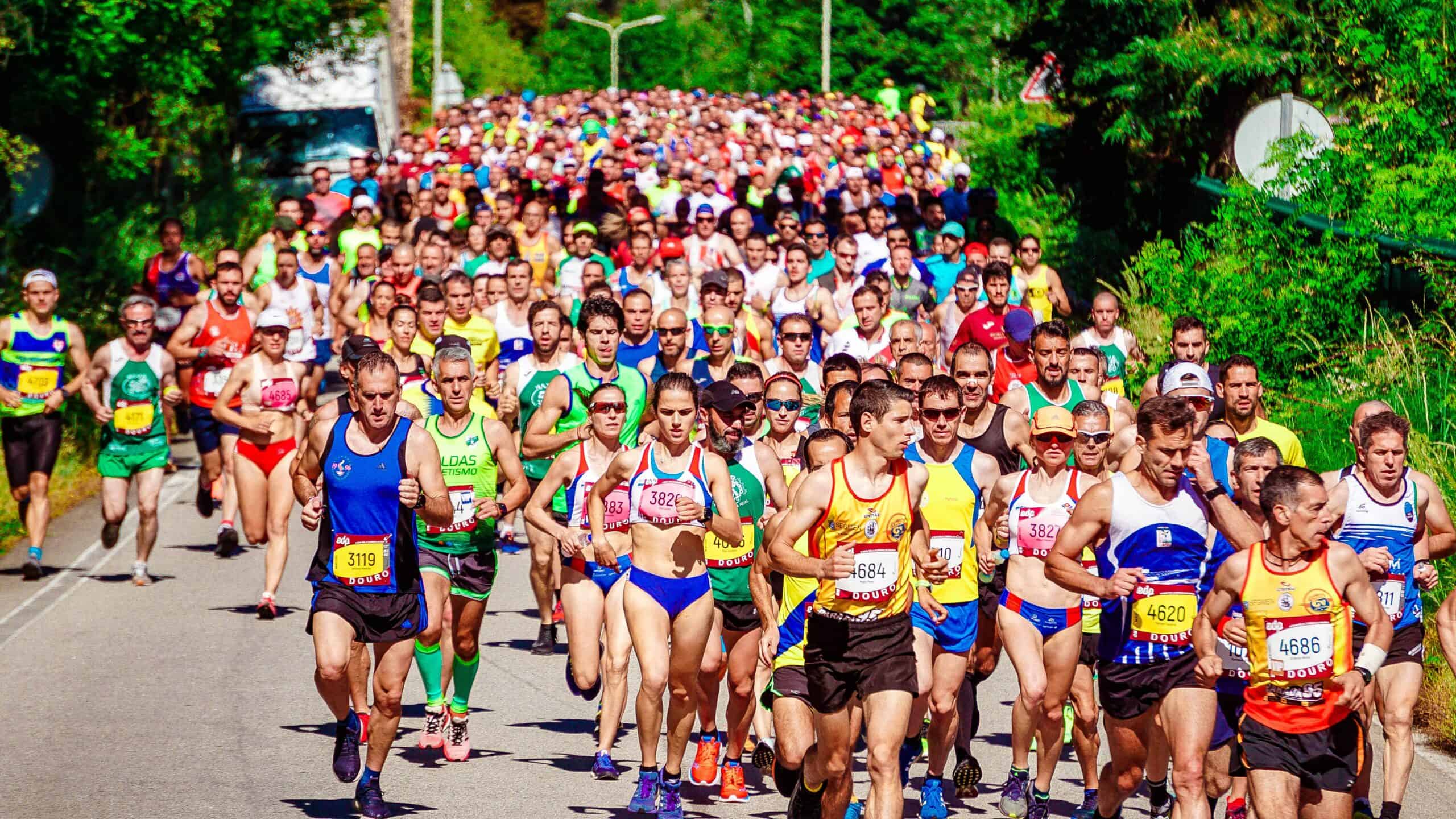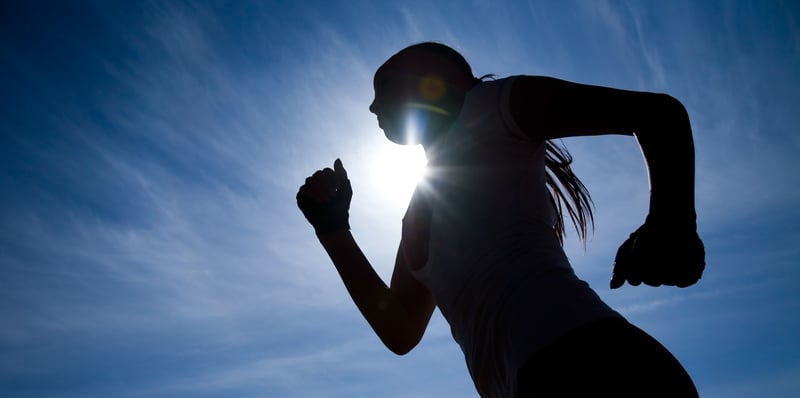
With over 2,800 half marathons in the United States to run, it’s easy to be overwhelmed by all the options. So, how does a runner go about picking the next half marathon they run? There are some obvious answers like, the race that’s down the street from your home. But if you’re spending over two months training, you want to make sure to get the best experience possible.
Here’s a short list of factors you should consider before picking your next half marathon.
Destination
Different destinations are important to different runners for different reasons. It might be really important to you that you be able to run where your family and friends can come to cheer for you. Or, it might be more important that the race is in a place that you’d only visit as a destination like Hawaii or Joshua Tree.
When picking your half marathon, this should be your first consideration. If you’re traveling to a destination, make sure you know how far you’ll be staying from the race starting line – it’s always better to be closer.
Also if traveling, make sure you identify a grocery store close to the race in case you forget any last minute essentials as well as an Italian restaurant nearby for your pre-race pasta dinner.
Investigate Altitude and Elevation
If you live in a coastal city, say Brooklyn, you’ll do most of your training at sea level. If you want to run a half marathon in Denver at 5,000 feet above sea level, you will have a harder time completing the race than any of your training. At higher elevations, oxygen particles are more spread out making it harder to breathe, something you certainly should count on doing during your race.
Before selecting any race, make sure the altitude you train at and the altitude you’ll be racing at are relatively similar.
Consider the Temperature
The ideal race temperature is different for every runner. If you’re prone to sweating, running in warmer temperatures (think, anything above 60 degrees) may lead to higher sweating and water loss, which in turn may result in cramping and fatigue. Its traditionally recommended that ideal race temperatures are between 50 and 60 degrees.
Crowds & Experience
It’s hard to imagine being a musician coming out onto a stage of thousands of adoring fans, but that’s sort of how some races feel. While the New York City Marathon sees around 50,000 runners, it also has about 3 million spectators watching from the streets and on television. If crowds lining the course is important, look for races with large participant counts or in major cities like New York City or Nashville.
Also consider what you’d like to see at the finish line! Some races conclude in a full music festival while others hand you a beer and send you home to ice your knees.
Leave Time To Train Properly
If you haven’t run a mile before, choosing half marathon next week isn’t advised.
Your body needs time to build muscular and cardiovascular endurance. We recommend a minimum of 8 weeks of training. Also consider what months the majority of your training will take place in – you may have a harder time training through the dead of winter than you would in the spring or fall.





